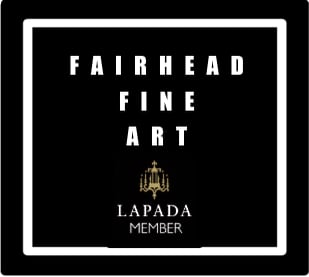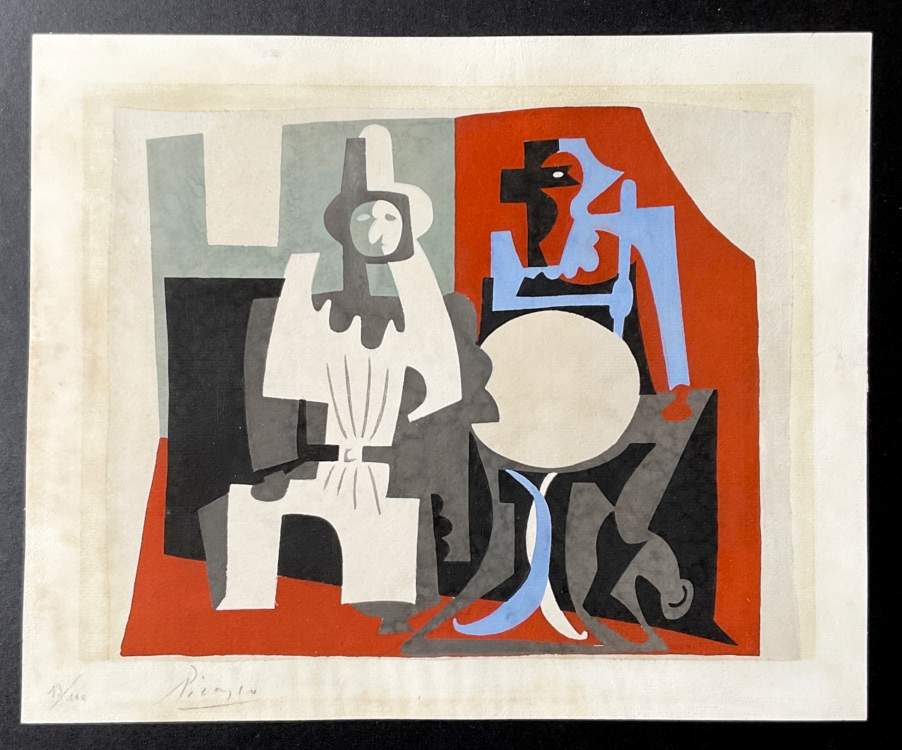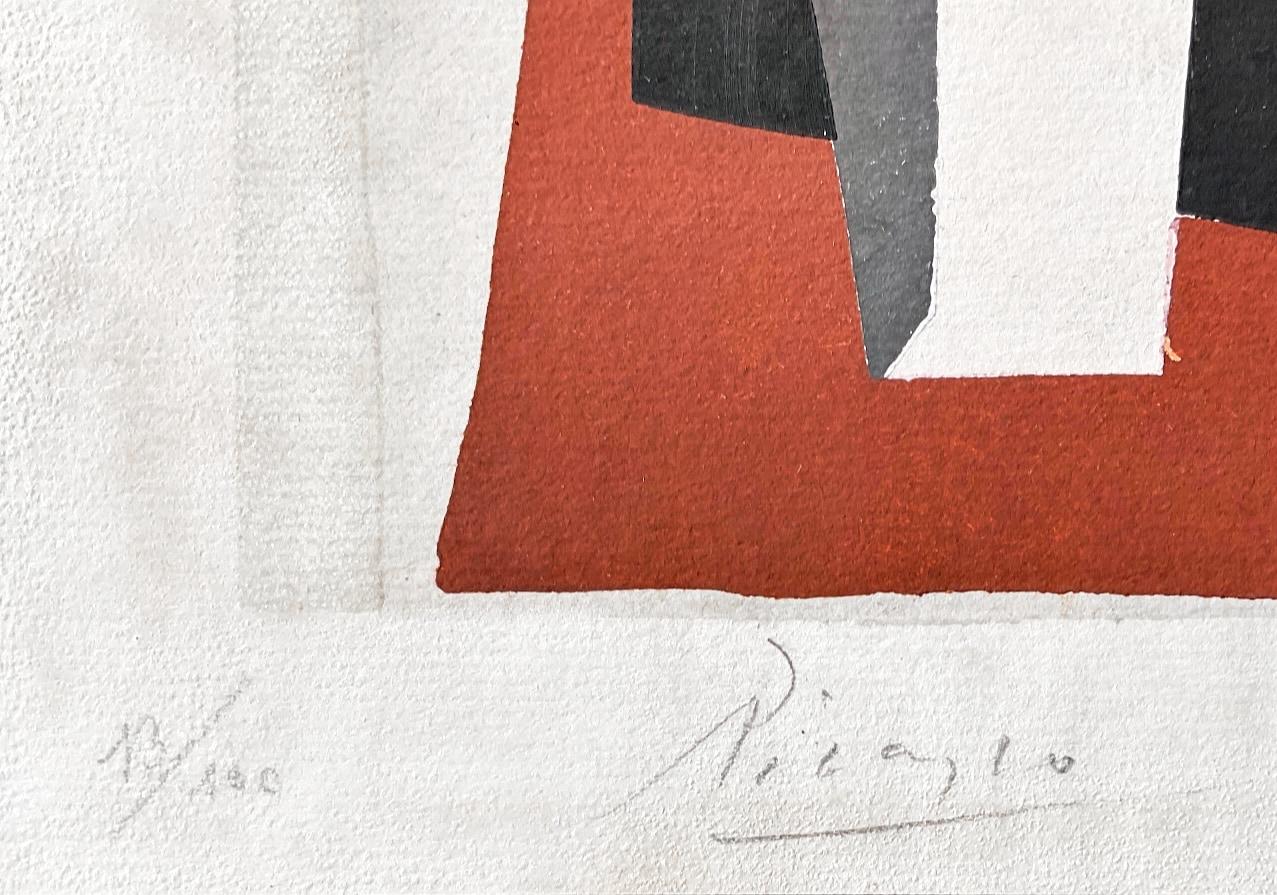after Pablo Picasso - Pierrot et arlequin a la terrasse de cafe
£ 0.00
Pochoir printed in colours, Juan-le-Pins, Summer 1920, signed by the artist in pencil.
Published by: Galerie Rosenberg, Paris, Paris, France
Size: Plate size: Image 269 x 208 mm., Sheet 306 x 225 mm.
Edition: 100
Note: In Paris in the 1920s Picasso and his wife Olga Koklova were neighbours of the Rosenbergs (Leonce & Paul), who were both art dealers. Rosenberg would become Picasso's most important dealer and had first choice options on his pictures.
This work is based on the painting of the same name (cf. Zervos, vol.IV, illu. p.88).
From the portfolio "Pablo Picasso. Dix Pochoirs". Published by Galerie Rosenberg, Paris, 1920. A Pochoir is made by a stencilling technique and, consequently, these are not original prints and properly catalogued as “after Pablo Picasso” although they are signed and numbered by the artist.
The gouache which was a study for this piece was sold at Christies, New York, in November 2017 (sale 15005 Impressionist and Modern Art Works on Paper Sale) . It was estimated at $300/$500k and sold for $444,500. (C. Zervos, Pablo Picasso, Paris, 1951, vol. 4, no. 64 (illustrated, pl. 20). D. Cooper, Picasso, Theatre, New York, 1968, p. 349, no. 238 (illustrated)
Pierrot is a stock character of Pantomine and play whose organs are in the late 17th century. Italian troupe of players performing in Paris and known as the Comedie-Italienne ; the name is a diminutive of Pierre (Peter), via the suffix -ot. His character in contemporary popular culture—in poetry, fiction, and the visual arts, as well as works for the stage, screen, and concert hall—is that of the sad clown, pining for love of Coiumbine , who usually breaks his heart and leaves him for Harlequin. Performing unmasked, with a whitened face, he wears a loose white blouse with large buttons and wide white pantaloons. Sometimes he appears with a frilled collaret and a hat, usually with a close-fitting crown and wide round brim, more rarely with a conical shape like a dunce's cap.
Harlequin was a comic servant characters from the Italian Commedia del arte. The Harlequin is characterized by his chequered costume. His role is that of a light-hearted, nimble, and astute servant , often acting to thwart the plans of his master, and pursuing his own love interest, Columbina, with wit and resourcefulness, often competing with the sterner and melancholic Pierrot. He later develops into a prototype of the romantic hero. Harlequin inherits his physical agility and his trickster qualities, as well as his name, from a mischievous “devil” character in medieval passion plays.
Picasso when a young man was fascinated by the circus and many of his early works depict these two figures. They are frequently depicted in his cubist works as in this instance.
Provenance: E.J. Van Wisselingh & Co., Amsterdam (Their label verso)
References: Mallen, Enrique. Online Picasso Project. Sam Houston State University. 1997-2018.
Mallen, Enrique, ed. Online Picasso Project. Sam Houston State University. 1997-2016.
OPP.20.211; MPP 3508
Condition: In good condition
Category Pablo Picasso


